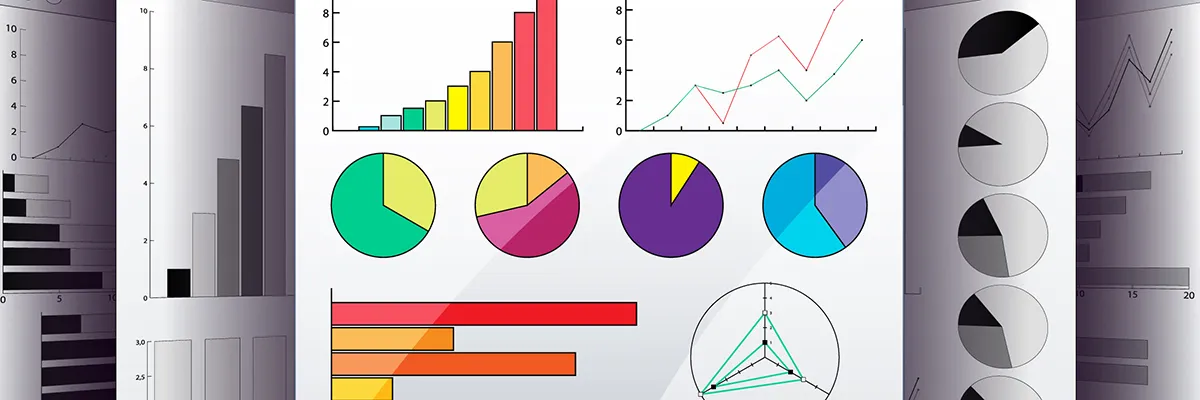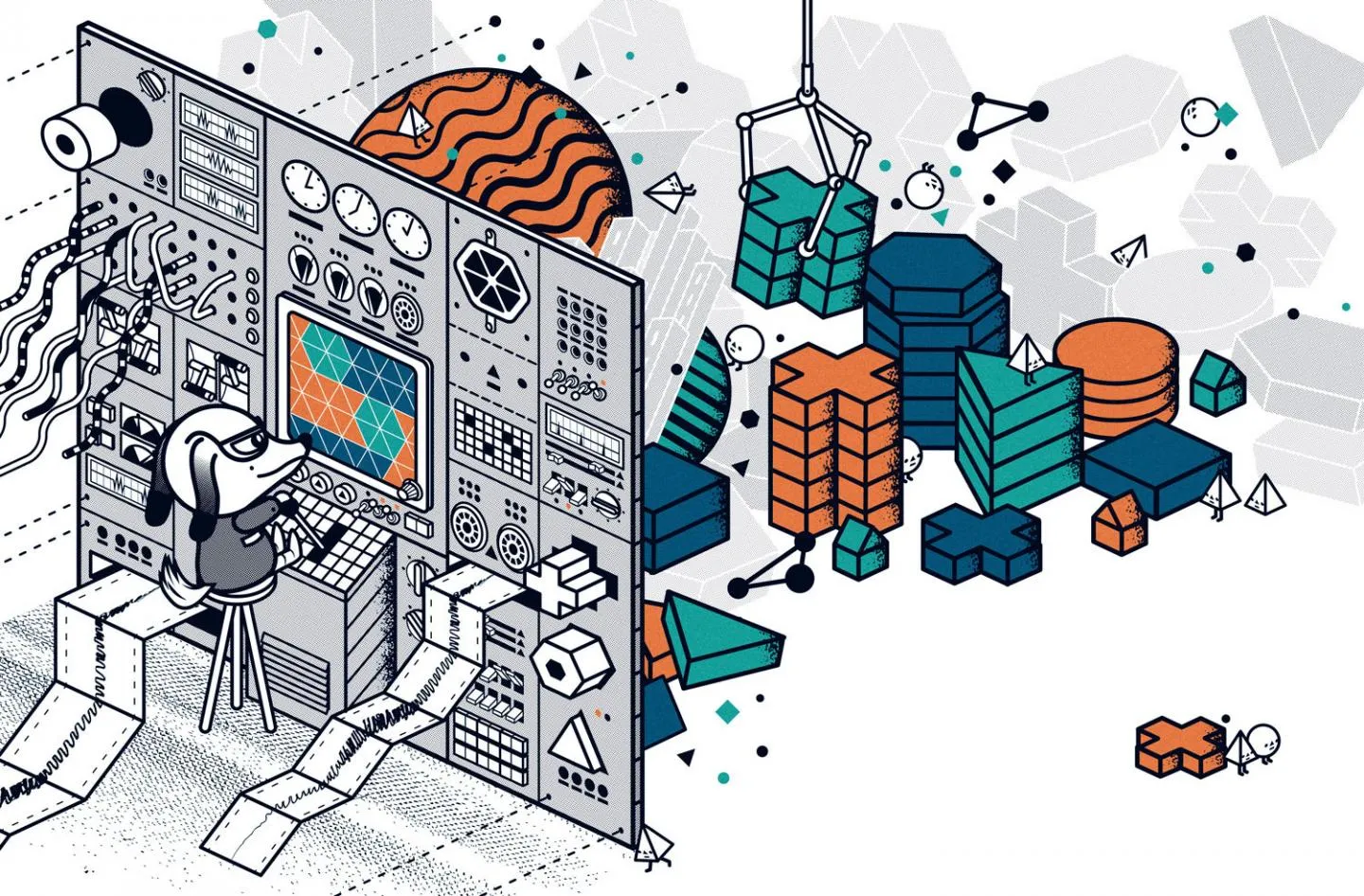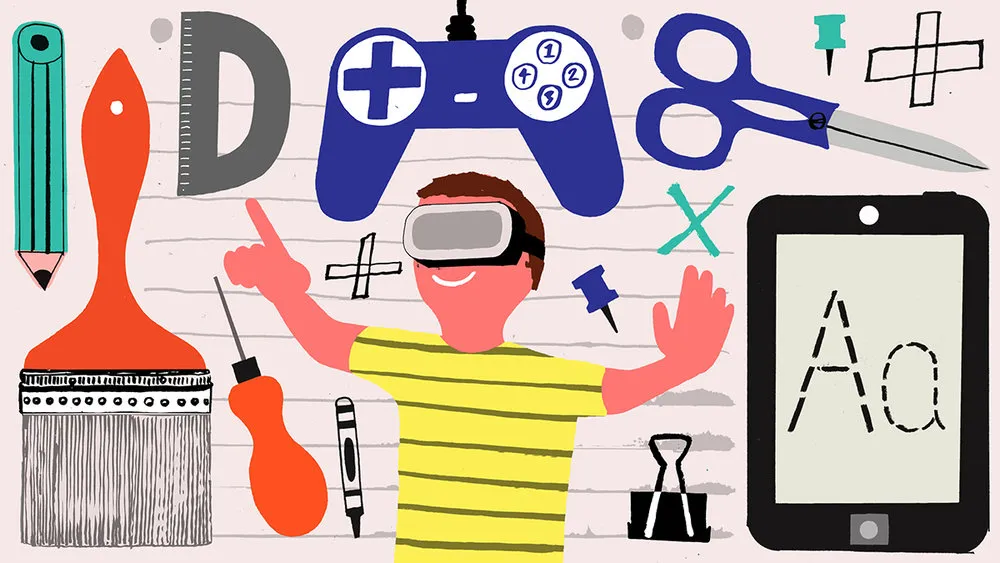
Design and Analysis: Two Sides of the Same Coin

In the mobile and web industry design is primarily the key to a specific problem.
- Need to increase the conversion rate of your site? The UI designer will do everything to make your visitors happy.
- In need of a memorable website that evokes the user's confidence? The creative pro will
visualise your idea to stimulate an emotional response.
In this article, we'll discuss the general principles of working with the visual component of the site to increase its efficiency and user involvement.
The Essence of the Design Process

As with any project, the work begins with the definition of the main task. What does the client need from the site? Increased sales? More trust in the brand? Recognition?
When you’ve decided upon the main task and the designer understands the essence of work, you approach the second stage - working with the target audience. Most often, the target audience is defined at the stage of analytics and design. It’s also important at this stage, however, for the designer to make a portrait of a typical user. The more accurate the portrait is, the better the final product will turn out.
The designer should definitely keep an eye on the sites of competitors in order to define their strengths and weaknesses and, most importantly, how we can improve on them. Competitor analysis goes carefully and in detail - from the creative concept of the brand to the
The next stage is the compilation of a
In parallel, the designer is inspired. As a true artist, the designer looks at their colleagues’ work on special websites and notes interesting solutions. These can be sites with similar themes or something quite different, but any interesting and unusual solution can give the site a twist and will be a factor in why visitors don’t go to a competitor but instead will buy your product.
- If you think, however, that we can simply copy a site you like and reap the benefits, we’ll have to upset you - most likely it simply won’t work. On another site the audience is different and it’s a completely different story. The designer simply notes the details and neatly inscribes them into your project.
From Analysis to Creativity

After all analytical data has been gathered, the designer starts to work directly in special programs. The work at this stage includes a full drawing of each unique page of the site or screen of the app. Most of the time is spent, of course, on the main page, as this is the first thing the user sees and where his or her attitude to the product will be formed. This will become the design concept for the entire product.
Any block, any detail should carry a meaning. The designer is a madman who constantly asks himself: why am I doing this? Why did I make the button darker? Why did I use this photo and not another? Why did I put the FB icon first in the footer, then the In and only then Instagram, and not in a different order? If no clear answer appears it’s better to immediately abandon the decision, since after all the design is not a picture but a tool for interaction.
Key Design Principles to Follow

Plenty of literature on web design exists, with endless tips, rules
1. The principle of contrast
This applies to all elements of the site or app. The less contrast, the more difficult it is to perceive and separate one information block from another. With the help of contrast, our specialists can highlight some parts and drown others out, build a hierarchy of the page and focus the user's attention on the most important elements.
2. The principle of accentuation
This point is closely related to the previous one. A competent arrangement of accents guarantees the effectiveness of your site. The main thing here is not to get carried away, but to clearly understand where to place the emphasis - because if you select everything, the entire idea will be lost.
3. The principle of uniformity and repetition of elements
This principle seems
4. Alignment by modular grids
This might sound scary, but in
5. The principle of information perception convenience
This paragraph essentially sums up everything we previously discussed. Man is a conservative creature and not all innovations are well-received, especially when the changes were not expected. There are common means of obtaining information - for example, most users will read the page from left to right and from top to bottom - so our designers will never force them to get lost in the information flow and perform unnecessary actions.
Of course, you can see a violation of almost all these principles on sites that take internet bonuses and beat all KPI records, but this is what progress means. Our designers are constantly monitoring new digital trends and experimenting with different solutions.
Our designers don’t work alone, but in close collaboration with a team of analysts and programmers - after all, any expert can come up with a good idea, and we know that any little thing can be decisive in the success of your future project.





